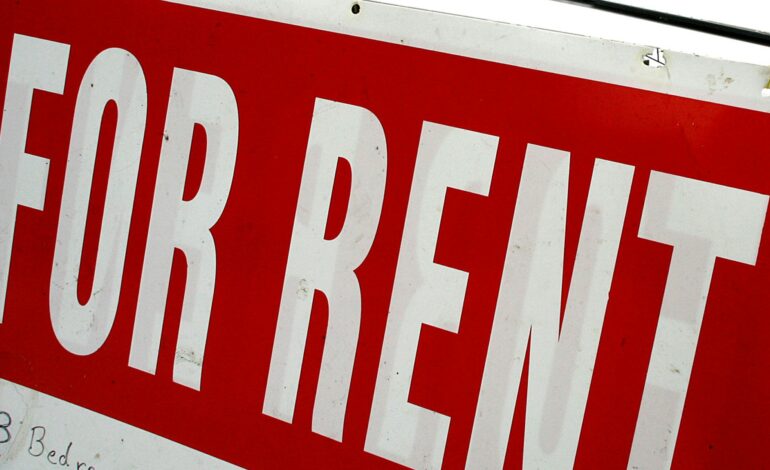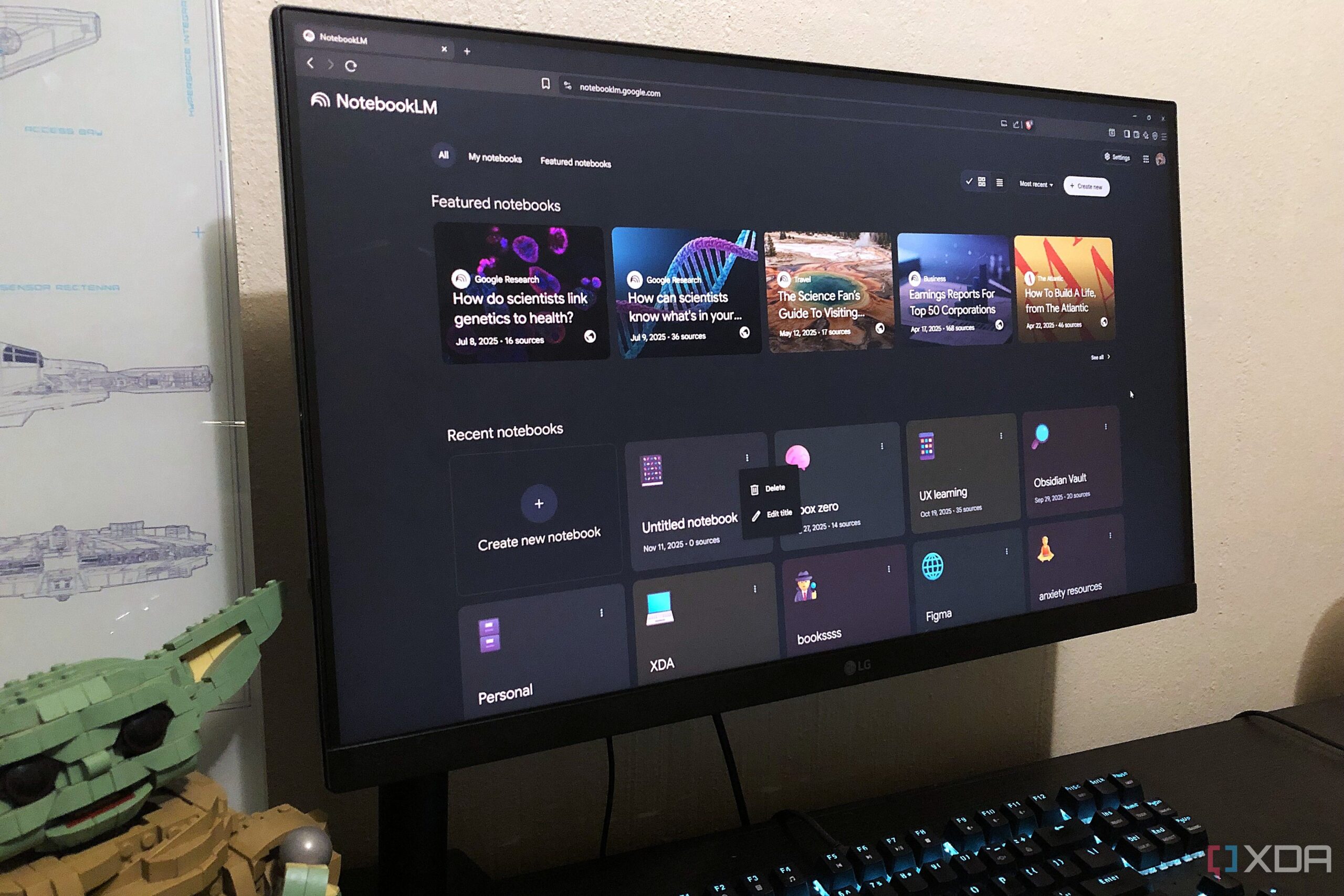Rising Trend: More Twin Cities Retirees Opt for Renting Homes

A significant trend is emerging in the housing market as more retirees in the Twin Cities are choosing to rent rather than own their homes. Between 2013 and 2023, the number of renters aged 65 and older increased by 2.4 million nationwide, according to an analysis by Point2Homes based on U.S. Census Bureau data. This marks a nearly 30% rise over the past decade. Currently, more than 10 million older adults are renting, accounting for 13.4% of the renter population.
In the Twin Cities, the trend is equally pronounced. The population of renters aged 65 and older now makes up 15% of all renters, reflecting a nearly 27% increase since 2013. This shift can be attributed to several complex factors, as renting increasingly represents a viable option for many retirees.
The financial landscape has shifted dramatically, making renting an appealing choice for some older adults. Compared to homeownership, renting provides a blend of lifestyle flexibility and financial simplicity. Many retirees are looking to avoid the burdens that come with owning a home, such as rising maintenance costs, elevated property taxes, and escalating insurance premiums. The desire to eliminate the time-consuming responsibilities of home ownership also plays a crucial role in this decision.
As mortgage rates remain high and housing inventory is scarce, downsizing has become less attractive for many retirees. By opting to rent, they can redirect their time and financial resources towards travel, family engagements, and personal interests. The flexibility that renting offers is particularly beneficial should health needs change over time.
Despite the benefits, renting is not without risks. Older renters often face the possibility of landlords significantly increasing rents, which can pose challenges for those living on fixed incomes. For many retirees, the choice to rent is less about preference and more about necessity. Years of financial instability have left numerous retirees unable to afford homeownership during their working years, or they may have lost their homes during economic downturns.
Among those affected are the more than half of older adult renters in Minnesota who are considered cost burdened, meaning they allocate more than 30% of their income to housing expenses. The current real estate market is characterized by limited choices, with both rental and owner-occupied properties facing high prices and low availability.
For older adults with sufficient resources, weighing the advantages and disadvantages of renting is essential. Chris Farrell, a senior economics contributor for “Marketplace” and a commentator for Minnesota Public Radio, emphasizes the importance of conducting a thorough analysis when considering living arrangements in retirement.
As this trend continues, the dynamics of the housing market may evolve further, reflecting the growing preferences and needs of the older population. The implications of this shift are vast, affecting not only retirees but also the broader housing landscape.






